May in the kitchen garden in Andalucia - Planting Pepinos
By Nick Nutter | Updated 5 Mar 2022 | Andalucia | Gardening |
Login to add to YOUR Favourites or Read Later
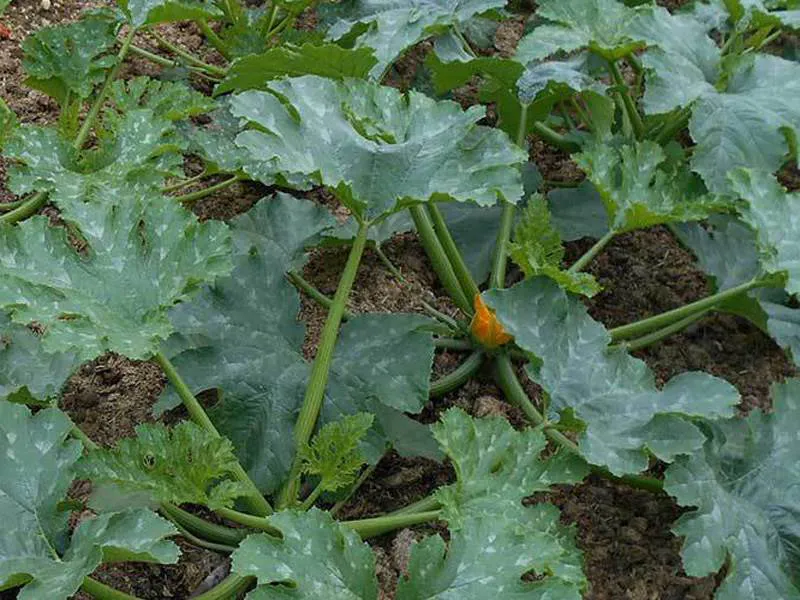
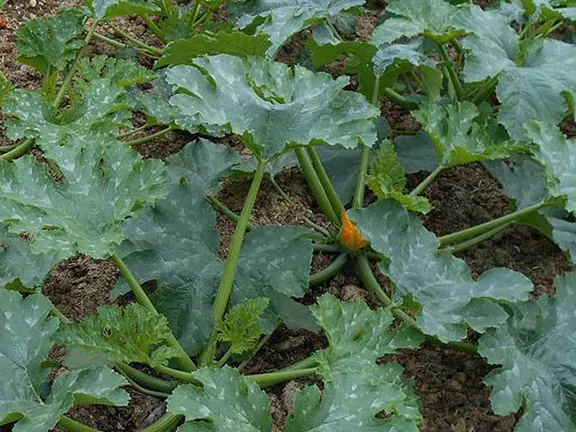
Courgettes
Another busy month in the allotment. I put my pepinos in this month. They are in the same spot as last year, on the north facing side of my arbour. I have dug plenty of compost into the ground to refresh it. The arbour by the way is coming on well, the jasmine and rose I planted for shade have just about covered the southern side. I have been able to plant a fern and a couple of fuchsias beneath them as well as the amaryllis Julie bought me for Christmas.
Also sown in a block three plants wide and eight long, each plant about 15 cm apart was sweet corn. You can tell when they are ready for eating (late August) by the crowds of parrots waiting for the feast.
Italian pepper plants went in this month as well. I have had no success over the years growing my own from seed so this is one plant I buy to plant on.
If you have the space, this is the month to sow coriander and dill, make successional sowings of carrots and beetroot and sow melons.
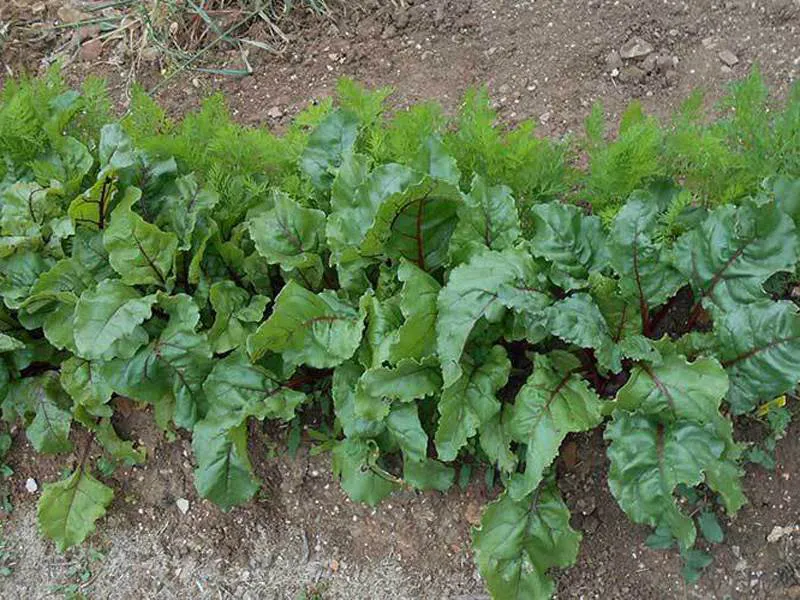
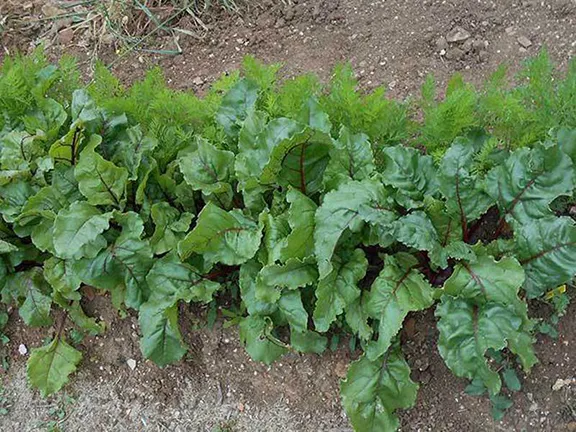
Carrot and Beetroot
For the most intense tasting melons soak the ground when you sow the seed then leave them. Soak again when the first flowers set, then leave them alone. They thrive on very little water.
Members of the same family, such as courgettes and pepinos, like the opposite, plenty of water, but, water from below. The only water that should touch the leaves is rain or you will get mildew.
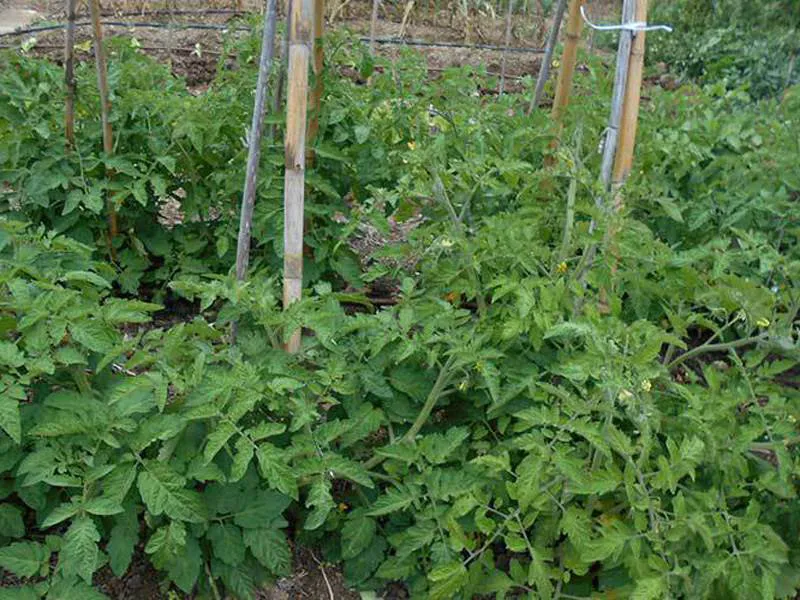
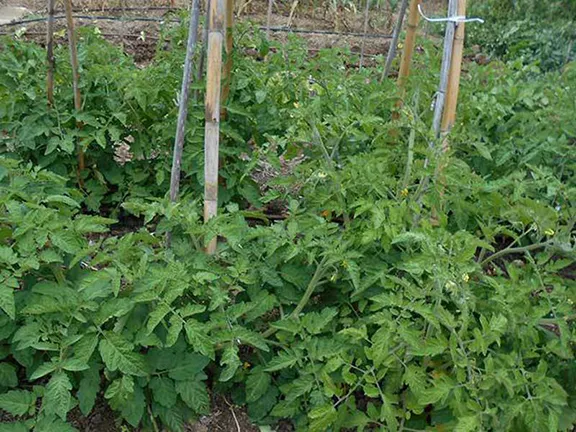
Tomatoes
In late January I planted a couple of rows each of Arran Pilots, first earlies, and Maris Piper maincrop potatoes (I grew them as second earlies). I found a garden centre near Motril that sells different seed potato varieties. This month I took out a row of each. I had forgotten what a great taste those first earlies are. This is the second time I have tried planting British seed potato and they have not done well in the past. This year I made sure they had more water and got a good crop.
The Mangetout peas have been a great success. I started picking on the 17th April and they are still producing well. Also ready are red onions, white onions, cauliflowers, leeks, carrots and beetroot, garlic – red and white and the first of the asparagus.
It will be a weekly ritual from now until autumn; tying in the tomatoes. There are two types of tomato plant, determinate and indeterminate, or climbing and bush types respectively to you and me. The books say that you should not prune bush types, that the plants will grow to just over 1 metre tall and need minimum staking and stop growing as soon as fruit sets on the top bud and that all the fruit will ripen more or less at the same time. I am not sure where that information applies to, certainly not Spain. The plants will continue to grow to 2 metres or more. They definitely need support, although less than climbing varieties, or they will spread out all over the ground. The fruit can be picked over a considerable length of time and the bushes will keep on flowering.
The climbing varieties need good support. They will reach 3 metres or more and continue growing, flowering and fruiting until the first frost (all winter if we do not have frost). Pruning is a matter of choice. I do not prune at all apart from damaged shoots and the first couple of suckers at the bottom of the plant. That encourages air flow and hopefully prevents the lower trusses touching the ground. I end up with a thick leafy plant that shelters the ripening tomatoes from sun scorch.
The other ‘secret’ to success is feeding and watering. Put as much compost and manure round the plants as you can and make sure they have a constant, regular source of water. I mentioned my very cheap constant drip system a couple of months ago and that seems to work well for my toms.